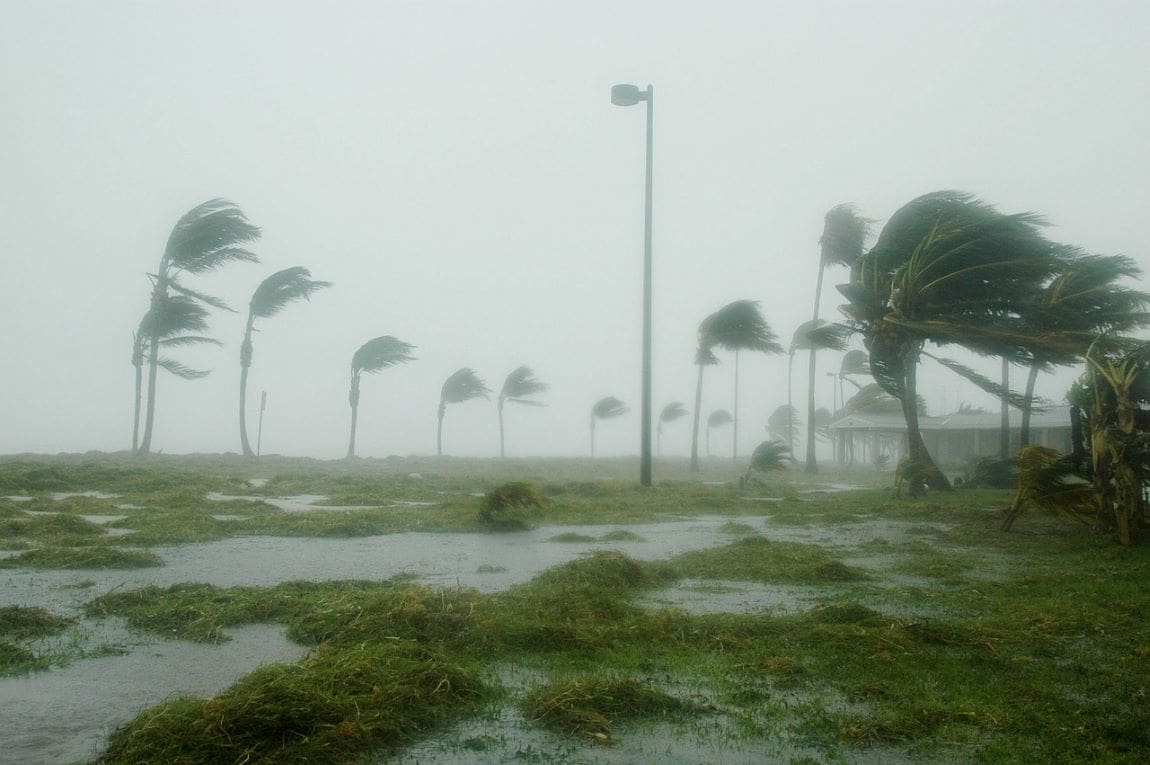Tallahassee, United States (AFP) – Hurricane Helene weakened on Friday hours after it made landfall in the US state of Florida, with officials warning the storm remained “extremely dangerous” as it surged inland, leaving flooded roads and homes in its wake.
The storm tore a destructive path through Florida into neighbouring Georgia, the US National Hurricane Center said, warning residents to stay in shelter from “catastrophic winds”, storm surge and heavy rains.
“This is an extremely dangerous and life-threatening situation,” the center said in its latest bulletin.
The storm had weakened to Category 1 on the five-level Saffir-Simpson scale with sustained windspeeds of 90 miles (145 kilometers) per hour, after slamming into the southeastern US coast as a powerful Category 4 hurricane packing winds of 140 miles per hour.
About 1,131,100 homes and businesses were without power in Florida and more than 90,000 in Georgia as the storm moved northward, according to tracking site PowerOutage.us.
More than 55 million Americans were under some form of weather alert or warning from Hurricane Helene, with tornado warnings out across northern Florida, Georgia and the Carolinas.
The NHC warned of up to 20 inches (51 cm) of rain in some spots and potentially life-threatening flooding, as well as numerous landslides across the southern Appalachians.
The National Weather Service said the region could be hit extremely hard, with floods not seen in more than a century.
“This will be one of the most significant weather events to happen in the western portions of the area in the modern era,” it warned.
“This is going to be a multi-state event with the potential for significant impacts from Florida all the way to Tennessee,” Federal Emergency Management Agency administrator Deanne Criswell told reporters.
Florida residents had been warned of “unsurvivable” storm surge, with images on local media showing flooded homes and intense rains.
“We’re expecting to see a storm surge inundation of 15 to 20 feet above ground level,” NHC director Mike Brennan said.
“That’s up to the top of a second-story building. Again, a really unsurvivable scenario is going to play out here in this portion of the Florida coastline.”
The accompanying waves “can destroy houses, move cars, and that water level is going to rise very quickly,” Brennan added.
US President Joe Biden urged people to heed official evacuation warnings.
“I urge everyone in and near the path of Helene to listen to local officials and follow evacuation warnings,” he said. “Take this seriously, and be safe.”
– ‘Hunker down’ –
Authorities in Florida’s Taylor County asked residents who did not act on mandatory evacuation warnings to write their names on their bodies with permanent marker, to aid in identification if they are killed.
Patrick Riickert had refused to budge from his small wooden house in Crawfordville, a town of 5,000 people a few miles inland.
Most residents had bolted, but Riickert, his wife and five grandchildren were “not going anywhere,” the 58-year-old insisted.
“I am going to hunker down” and ride out the hurricane, as he did in 2018 when deadly Hurricane Michael, a Category 5 mega storm, blew through the Florida panhandle.
At a gas station in Panacea, John Luper said he was reluctantly staying put because his mother and brother refused to flee to higher ground.
“They’re not going to leave,” he said, filling jerry cans with fuel. “I’m stuck with them.”
– ‘Ride this out’ –
Florida Governor Ron DeSantis mobilized the National Guard and ordered thousands of personnel to ready for search-and-rescue operations.
He warned that the powerful storm would be dangerous and urged everyone to take precautions.
“We can’t control how strong this hurricane is going to get. We can’t control the track of the hurricane, but what you can control is what you can do to put yourself in the best chance to be able to ride this out in a way that’s going to be safe,” DeSantis said.
Helene could become the most powerful hurricane to hit the United States in over a year — and almost certainly the biggest, at nearly 500 miles across.
Scientists say climate change likely plays a role in the rapid intensification of hurricanes, because there is more energy in warmer oceans for them to feed on.
gma-mlm-hg/aha/sw/ssy
© Agence France-Presse
Featured image credit: Pixabay




